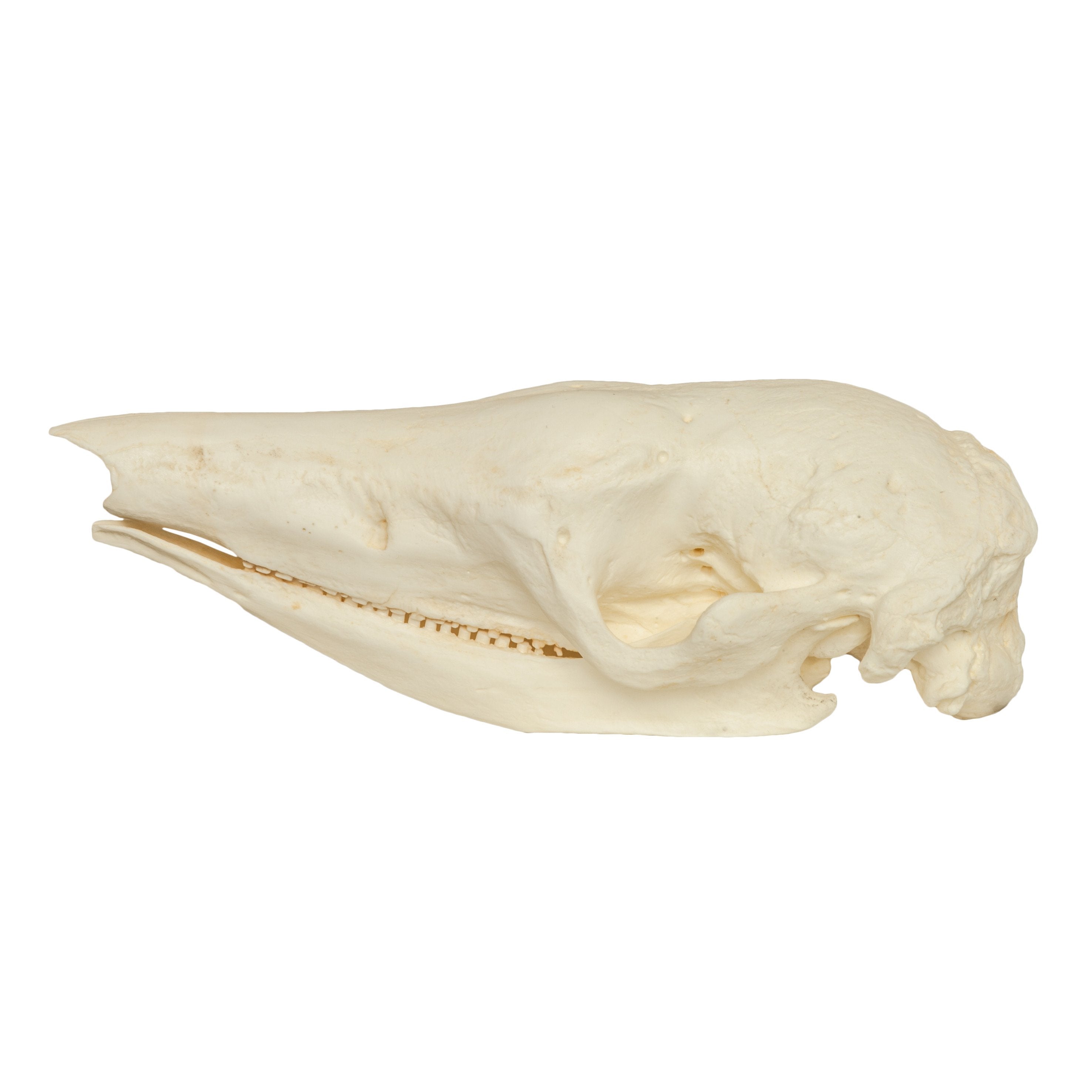

Local people “just love them,” Pacheco says. The armadillo is also the mascot of Oruro’s soccer team. Several said they “love” the animal, and the former mayor of Oruro, Edgar Bazan, said people from Oruro call themselves quirquinchos (the local name for the armadillos). Seventy percent of respondents said Andean hairy armadillos-along with the Virgin Mary and the carnival-symbolize the city of Oruro. She’s danced in it several times-though her role didn't require her to carry an armadillo rattle.Īs a part of her master’s degree research, Pacheco surveyed 165 Bolivians about their attitude toward the armadillos. candidate in ecology at the University of South-Eastern Norway, has attended the Carnival of Oruro for as long as she can remember. Participants carry the armadillo rattles in the morenada, a traditional dance that tells the story of African slaves imported in the 1600s to work in Bolivia’s silver mines.Īndean hairy armadillos, unlike other armadillos around the world, live at high altitudes-around 12,000 feet-mostly in the Bolivian Andes but also in Chile, Peru, and Argentina.Ĭarmen Julia Quiroga Pacheco, a Bolivian Ph.D. (When Bolivians hunt the armadillos for use as carnival objects, they catch them alive, then suffocate them so their faces and shells won’t be marred by wounds.)

Their shells are embroidered on costumes, hollowed out and made into rattles, or used as the body of guitars. The creatures are one of the star attractions of the carnival in Oruro, a city in western Bolivia, which takes place every year around Mardi Gras. They’re pointy and belong to an animal that resembles a furry coconut: the Andean hairy armadillo. Look closer, and you’ll see that the matracas have faces. As the procession advances, the dancers twist the wooden handles on their matracas, or rattles, which make a hollow, clattering sound. Definitely my go-to resource for all things pertaining to cranial osteology.Trudging along to a slow, mournful song, more than a thousand dancers in elaborate costumes fill the streets for the Bolivian Carnival of Oruro. Now that I have my own copy I don’t have to borrow it over and over again, and can go through it anytime I want. I teach mammalogy at our local university, and waited a few years to buy my own copy of this book, since our campus library had one. If you live in North America, and want to know a *LOT* about the skulls of the animals on the continent (primarily mammals, but the book does also cover birds, reptiles, and amphibians in a more limited fashion), there is no better resource. Without a doubt, this is the best book on skulls ever written. User-friendly format makes comparing species easy. Fully illustrated with drawings and photographs. You will not be disappointed, the layout and detailed photography of this book are amazing.Īnimal Skulls: A Guide to North American SpeciesĬomprehensive guide to the animals of North America. This book will be a valuable resource to any artist looking to do the same. I bought this book because I like to draw and paint animals and decided it is time to learn more about animal anatomy and the unseen structure of the skull as the foundation to build upon. Each includes a short explanatory paragraph and a data box with information on the animal’s taxonomy, behavior, and diet. The skulls are from the collection of Alan Dudley, a British collector and owner of what is probably the largest and most complete private collection of skulls in the world. Every skull is beautifully photographed to show several angles and to give the reader the most intimate view possible. Īt the center of Skulls is a stunning, never-before-seen-in-any-capacity, visual array of the skulls of more than 300 animals that walk, swim, and fly. Skulls is a beautiful spellbinding exploration of more than 300 different animal skulls-amphibians, birds, fish, mammals, and reptiles-written by New York Times bestselling author, Simon Winchester. Skulls: An Exploration of Alan Dudley’s Curious Collection Online Guide to Animal Skullsįor a more complete animal skull identification guide, we highly recommend the following books. We give our thanks to the many museums, nature centers, taxidermists, and teaching collections for allowing us to photograph the species found in this guide. We have put together a brief online guide of animal skulls from around the world which you will find below. Clockwise from left: Bottlenose Dolphin Skull, Tasmanian Tiger Skull, African Lion Skull


 0 kommentar(er)
0 kommentar(er)
